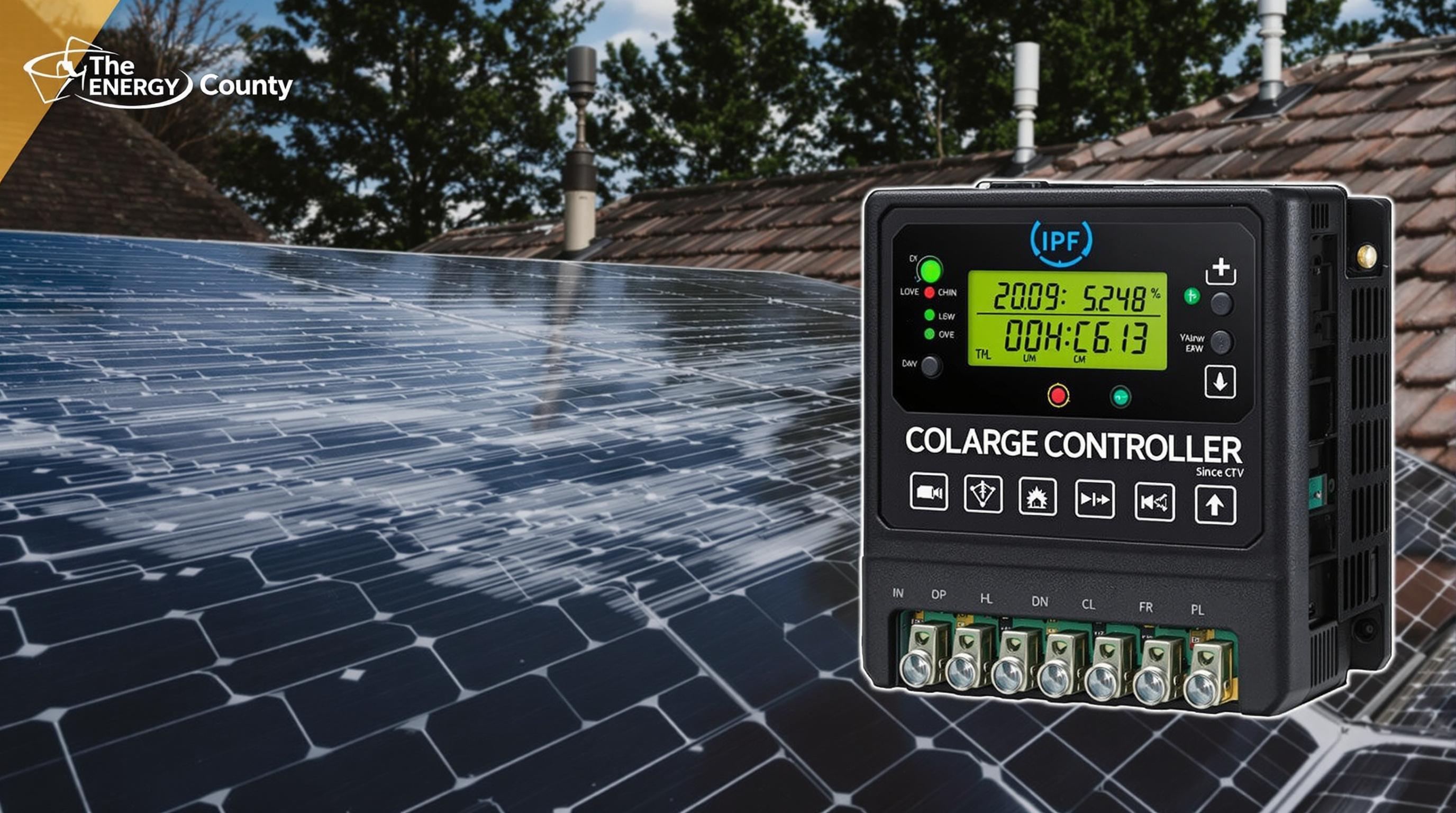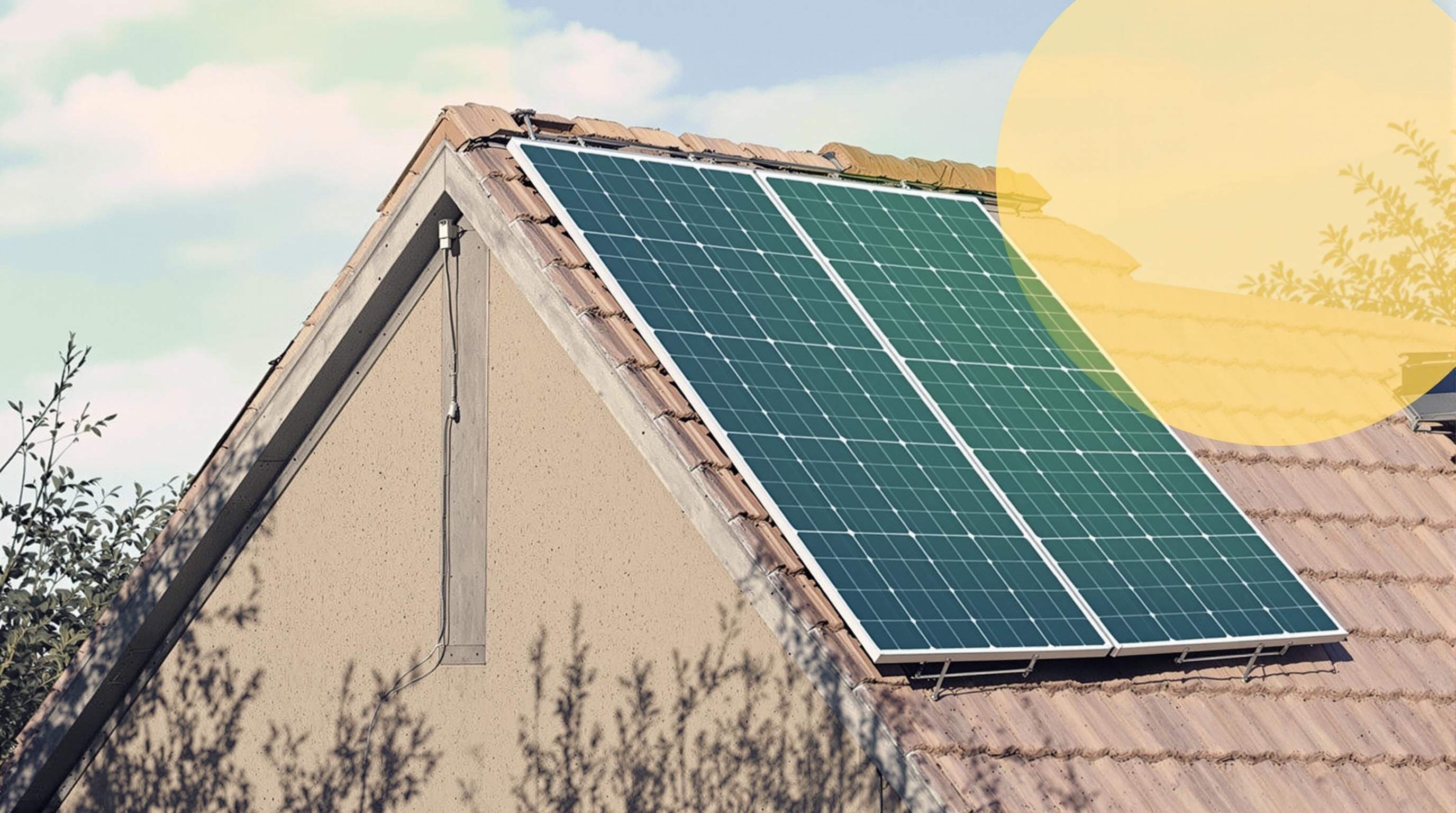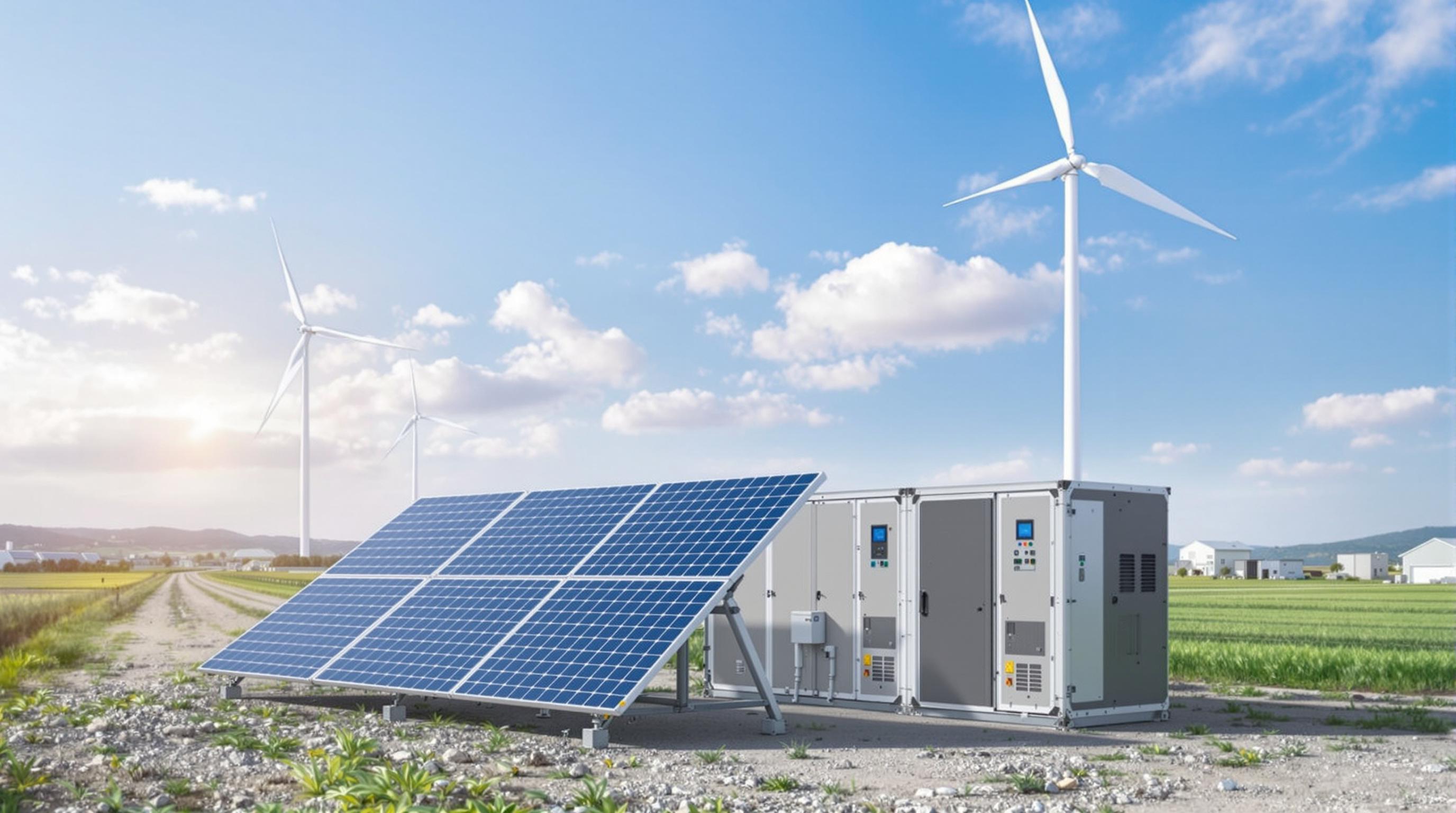Related Articles
- 6 Revolutionary Solar Panel Cleaning Robots Since 2019 Rated for Efficiency and Contractor Appeal
- How Unexpected Weather Patterns Are Shaping Homeowner Choices in Solar Installation Partnerships
- How Solar Inverter Noise Pollution Affects Urban Wildlife and What Manufacturers Are Overlooking
- How Solar Inverters Influence Home Resale Value and What Buyers Rarely Consider Before Purchase
- How Microclimates Secretly Shape Solar Energy Output in Unexpected Urban and Rural Landscapes
- The Quiet Role of Microclimates in Shaping Solar Harvesting Outcomes Beyond Conventional Efficiency Measures
Top 6 Hybrid Solar Charge Controllers Revolutionizing DIY Energy Management Since 2019
Top 6 Hybrid Solar Charge Controllers Revolutionizing DIY Energy Management Since 2019
Hybrid solar charge controllers have transformed the landscape of DIY energy solutions by offering versatile, efficient, and user-friendly management of power systems. Since 2019, six standout models have set new standards in reliability, performance, and innovation, fostering the growth of sustainable energy at home and beyond.
From the Perspective of a 45-Year-Old DIY Enthusiast
As someone who has tinkered with off-grid systems for over a decade, the last few years have seen remarkable advancements. One trend I appreciate is the rise of hybrid solar charge controllers—devices that seamlessly manage solar panels and batteries while often integrating other power sources like wind or generator inputs. This integration means fewer headaches and more uptime. For example, the Victron Energy SmartSolar MPPT 250/100 shines with a Bluetooth module that lets me monitor my system remotely on my phone, a blessing when I’m away from my cabin in the woods.
Performance Meets Innovation: The EPEVER Tracer AN Series
One of the noteworthy players is the EPEVER Tracer AN Series, which since 2019 has gained praise for its intelligent maximum power point tracking (MPPT) and low power consumption, achieving an efficiency rate over 99%. Its rugged design is suited for harsh outdoor environments, making it perfect for both novices and seasoned tinkerers. A real-world case study in Kenya’s rural electrification program saw these controllers manage solar setups that powered schools and clinics, increasing uptime by 30% compared to older systems (Source: Renewable Energy Africa, 2021).
Casual Chat: Why You Should Care About Hybrid Controllers
Hey there! Ever felt overwhelmed trying to piece together solar panels, batteries, and who-knows-what for your home project? Hybrid solar charge controllers basically act like a mastermind coordinator, balancing power input and output with minimal fuss. Imagine not worrying about your batteries overcharging or your panels underperforming—all handled automatically. Plus, with the drop in prices since 2019, these have become accessible for almost any budget.
The Renogy Rover 40 Amp MPPT Controller
A crowd favorite is the Renogy Rover 40A MPPT Controller that offers great affordability without compromising on features. Its advanced MPPT tech adjusts to maximize solar energy harvest, while its LCD screen simplifies status monitoring. For small to medium-sized off-grid setups, it’s a solid go-to—as confirmed by over 5,000 positive customer reviews since launching. Its durability and ease-of-use translate into a high ROI, especially for DIY users managing installations on tight budgets.
The Flexibility of Hybrid Controllers: A 28-Year-Old Engineer Explains
“When I first started working with hybrid solar systems, I was amazed by the flexibility these controllers offer. For instance, the Morningstar TriStar MPPT 45 can handle solar inputs, batteries, and connect with generators or wind turbines simultaneously,” says Alex, a young engineer in California. “This adaptability means users can create hybrid energy systems tailored to unique environmental conditions, increasing reliability.” Indeed, these controllers often come with robust communication options—like RS485 and Modbus—that facilitate integration with monitoring software for professional or hobbyist users alike.
Humor Break: Why Did the Solar Panel Call the Charge Controller?
Because it needed a little “current” advice! But jokes aside, the hybrid solar charge controller is the unsung hero that keeps your solar set-up humming. Without one, you might as well plug your panels directly into appliances—ouch.
Discovering the MidNite Solar Classic with Hub
For those who fancy more control and customization, the MidNite Solar Classic (with its Hub) offers robust features for monitoring multiple system parameters and supports a variety of battery chemistries. Experienced DIYers and professionals alike have used it to build intricate energy networks. According to MidNite Solar sales data, since 2019, installations with the Classic series have seen a 25% improvement in system uptime compared to legacy controllers—attributed to its superior load and battery management capabilities.
Technological Advances: Bluetooth and Wi-Fi Integration
One of the standout trends since 2019 is the seamless integration of wireless connectivity, allowing users unprecedented real-time insights and control. Devices like the Victron SmartSolar and the MidNite Solar Classic now feature Bluetooth or Wi-Fi modules, facilitating remote monitoring via smartphone apps or cloud dashboards. This connectivity removes the guesswork from energy management and enables users to troubleshoot issues without being physically present—critical for remote or off-grid operations.
Persuasive Nudge: Why Upgrade Your System Now?
Still relying on traditional PWM controllers or unintegrated setups? Upgrading to a hybrid solar charge controller could improve your system’s efficiency by up to 30%-40%, reducing energy losses and extending battery life. In 2022 alone, the global hybrid charge controller market grew by 18%, signaling strong consumer confidence. Don’t get left behind—especially if you care about sustainability and cost savings.
Outback Power FLEXmax 80: The Heavy-Duty Contender
This beast of a controller is perfect for larger installations, supporting solar inputs of up to 80 amps and working with various battery types. It boasts sophisticated MPPT technology and is well-known for robust troubleshooting and customizable load control features. In Alaska, a community off-grid project employed the OUTBACK FLEXmax 80 to power homes through long winters, resulting in a 15% reduction in generator run times (Source: Alaska Renewable Energy Conference, 2020).
Wrap-Up: Making Your Choice
Picking the right hybrid solar charge controller depends on your project scale, budget, and the complexity you are comfortable managing. Whether you value cutting-edge tech with app-based monitoring, ruggedness for remote locales, or budget-friendliness for starter kits, the top six models since 2019 offer incredible options. Embrace energy independence with confidence—these controllers are built to empower your green journey.
Top 6 Hybrid Solar Charge Controllers Since 2019:
- Victron Energy SmartSolar MPPT 250/100
- EPEVER Tracer AN Series
- Renogy Rover 40 Amp MPPT Controller
- Morningstar TriStar MPPT 45
- MidNite Solar Classic with Hub
- Outback Power FLEXmax 80



